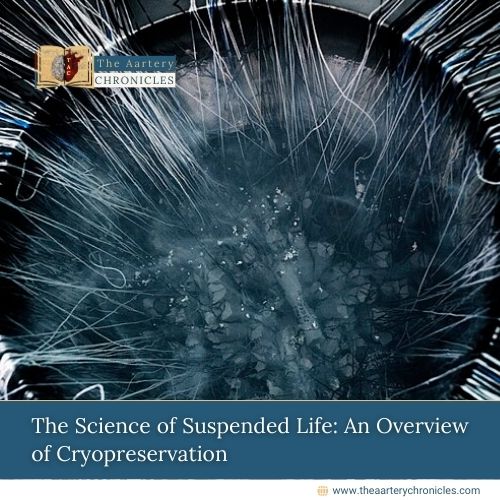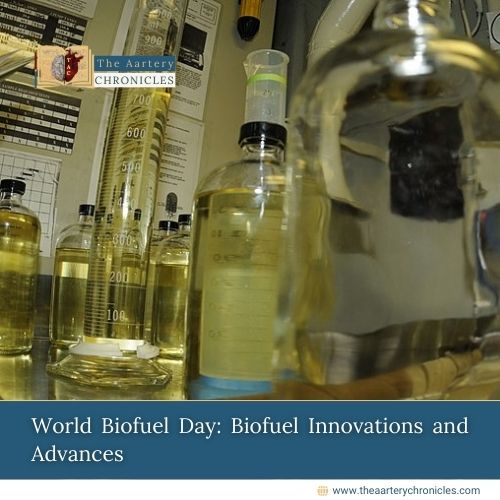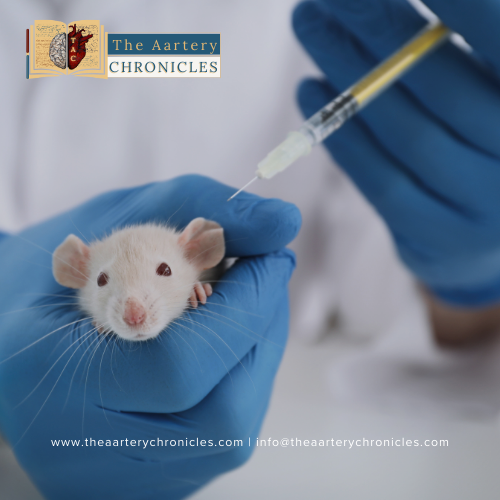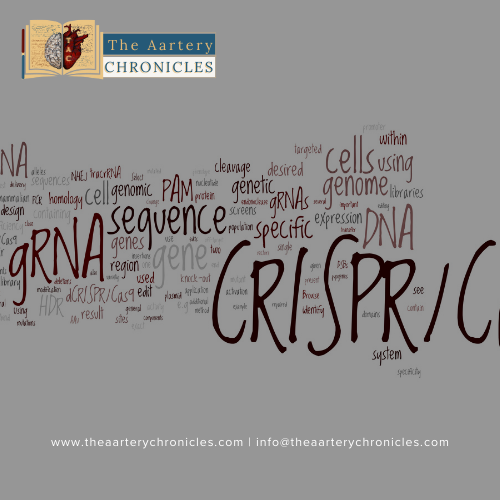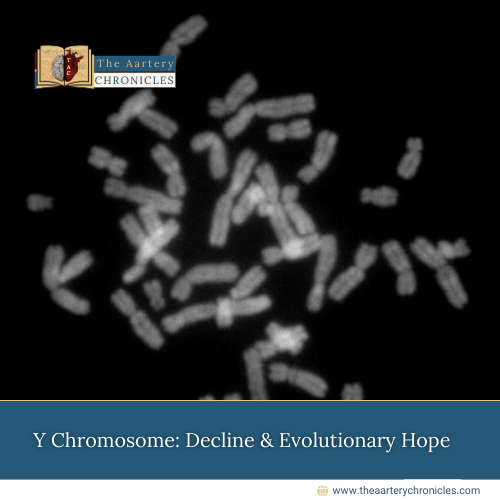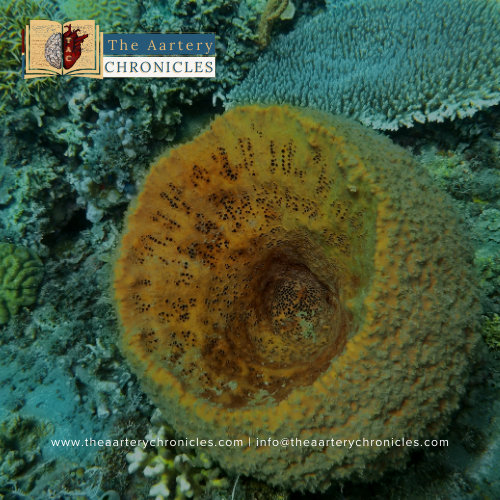
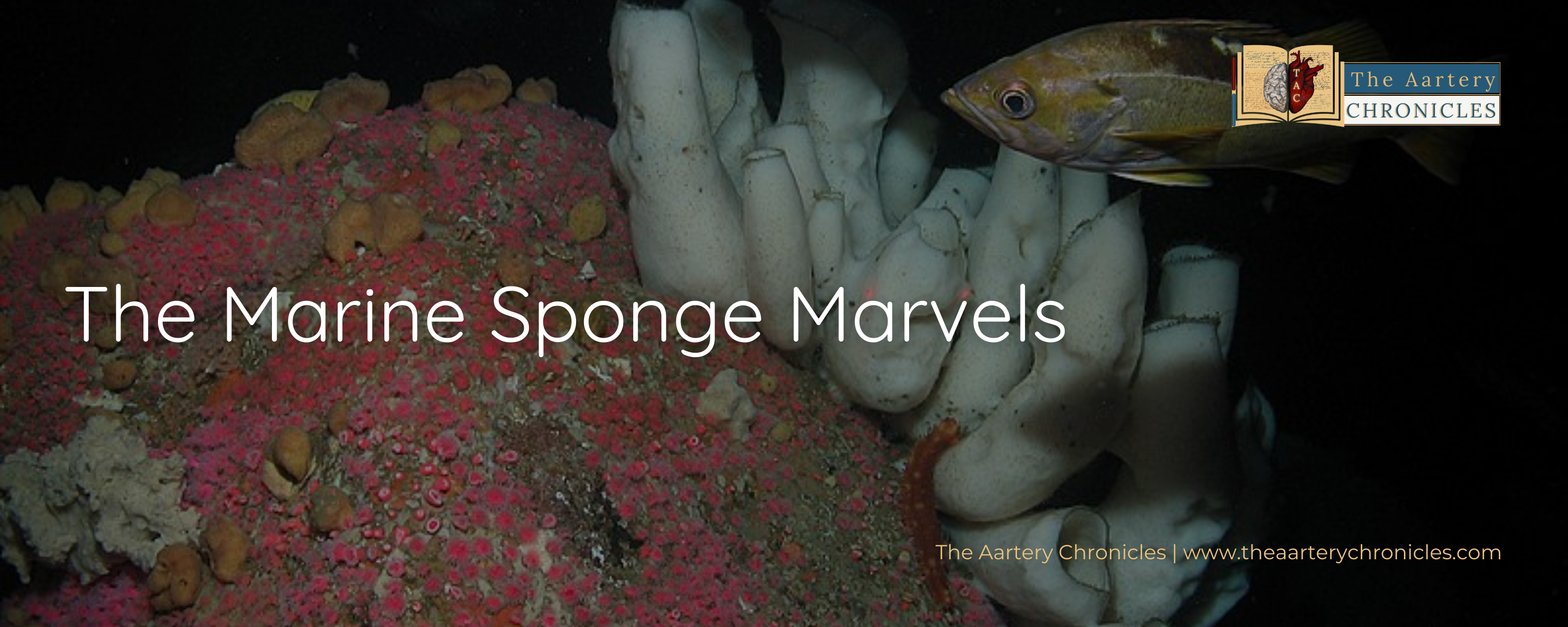
The Marine Sponge Marvels: A Storehouse of Bioactive Compounds and Therapeutic Potential
Let’s explore the remarkable world of Marine Sponges. This article talks about marine sponges, their bioactive Compounds, and Potential Applications
What are Marine Sponges?
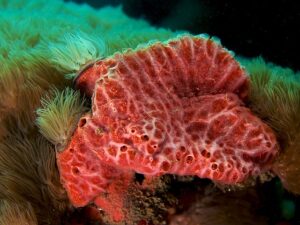
Marine sponges are broadly classified as invertebrates belonging to the phylum Porifera. They are found in deep waters on ocean floors and are usually attached to rocks, shells, and corals present on the ocean floor. Marine sponges have been discovered in oceans as well as freshwater rivers and lakes.
Marine sponges are believed to be the oldest multicellular organisms or metazoans. They are considered ecologically significant due to their capability to filter vast volumes of ocean water. Sponges are found in various shapes, sizes, and colours, which are said to be influenced by environmental conditions. The diet of sponges consists of various prokaryotic microorganisms, as well as nano and Pico eukaryotes. Sponges exhibit remarkable defensive properties against viral, bacterial, fungal, and parasitic diseases.
Historical Insights
Reportedly, the association between sponges and medicine can be traced back to Alexandrian physicians and represented in brief by Roman historian Plinius.
The doctors used sponges soaked in various substances to treat various conditions such as:
- Iodine-saturated sponges were used for stimulating blood coagulation
- Sponges soaked in bioactive plant extracts were utilized for anaesthetizing patients.
- Wine-soaked sponges were used for heartache
- Urine-soaked sponges in the treatment of poisonous animal bites.
Additionally, they employed sponges against sunstrokes, wounds, infections, dropsy, and more. Sponges garnered pharmaceutical interest in the early 1950s when nucleosides spongothymidine and spongouridine were discovered from the sponge Cryptotethia crypta. These nucleosides proved to be the foundation for synthesizing Ara-C and Ara-A.
- Ara-C was the first sponge-derived anticancer agent which is currently used in the treatment of leukaemia patients and approved for use in cancers of the bladder, pancreatic, lung, and breast.
- Ara-A is an antiviral drug.
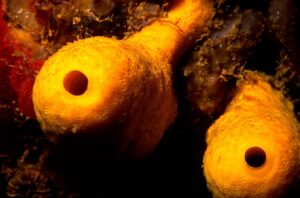
Around the 1980s, Manoalide, an antibiotic and analgesic, was isolated from the marine sponge Luffariella variabilis. It was one of the first sesterterpenoids discovered.
In the 1970s and 1980s, Clive Wilkinson and Jean Vacelet discovered the wide variety of microbial communities comprising about 40% of the total volume of sponges. Over the past few decades, sponge microbiology has become an area of interest for research. Researchers have shown keen interest in studying sponge microbiology over the past few decades.
Current Scenario: Therapeutic Prospects Unveiled
As microbes have developed resistance to antimicrobials, marine sponges have emerged as sources for generating novel solutions against various parasitic, viral, bacterial, and fungal diseases. Compounds abundant in antiviral properties have been identified within sponges. Many of these antiviral compounds have found application in the treatment of diseases like human immunodeficiency virus (HIV). Among these compounds, Avarol stands out as a significant discovery from marine sponges. Research indicates that even a small amount of avarol can effectively suppress HIV infection by 50-80%.
Fungal infections can lead to fatalities in immunocompromised patients. Certain sponges possess antifungal properties that aid in preventing fungal infections. An example is the sponge species Jaspis sp., from which the cyclic peptide Jaspamide is extracted. This compound has demonstrated antifungal activity against Candida albicans in laboratory settings (in vitro) and has also shown efficacy against Candida species within living organisms (in vivo). Several marine species with abundant secondary metabolites exhibit effective therapeutic potential.
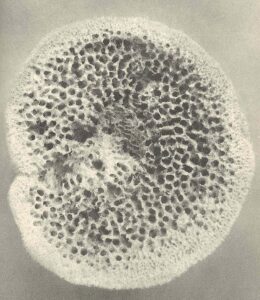
A few years ago, the Food and Drug Administration approved drugs derived from marine sponges, which played a role in suppressing metastatic breast cancer. Among these, Fucosyltransferase, a compound isolated from Sarcotragus sp., is thought to control inflammation and impede tumor growth. Numerous other components sourced from marine sponges contribute to the inhibition of tumor growth.
Certain chemicals obtained from marine sponges are employed in the creation of drugs or treatments for prevalent blood disorders like thrombosis, or atherosclerosis.
For instance, in the treatment of thrombosis, the drug Cyclotheonamide A is derived from a specific sponge species known as Theonella sp. Furthermore, the sponge species Eryltus formosus produces Eryloside F, a substance that exhibits the potential in interacting with thrombin receptors.
Future Prospects:
The substrates originating from marine sponges hold the potential for significant importance in the fields of medicine and pharmacology. Reflecting on the diverse array of medicinal properties and secondary metabolites that marine sponges provide, the past 50 years have been recognized as a breakthrough period. Indeed, marine sponges are widely recognized as a valuable reservoir of medicinal properties, making them aptly described as a goldmine.
Marine sponges harbour biomolecules showcasing diverse attributes such as antiviral, antitumor, antifungal, anti-inflammatory, antibacterial, and immunosuppressive properties. These attributes can play a pivotal role in influencing the development of numerous diseases. In recent times, molecular biology research has focused on unravelling the genome of sponges. This effort seeks to illuminate the evolution of metazoan genes and diseases along with the underlying molecular mechanisms.
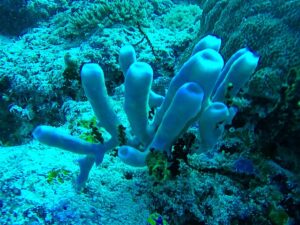
The chemicals derived from marine sponges encompass a broad spectrum of potential applications. Additionally, each bioactive chemical and metabolite extracted from sponges exhibits a unique effectiveness or inhibitory influence. Continued research into marine sponges holds the promise of unearthing numerous additional therapeutics, highlighting their significant relevance to humanity. Combining chemicals sourced from sponges with cutting-edge technologies could result in the emergence of entirely novel domains of application, carrying significant implications for the field of biotechnology.
Within the expansive marine ecosystem encompassing animals, organisms, and plants/plankton, marine sponges stand out as the foremost contenders in terms of their potential for fostering the creation of innovative drugs and therapies. Consequently, marine sponges are recognised as a substantial reservoir of health benefits This resource has the potential to drive the creation of nutritional supplements, cosmetics, and molecular probes that would contribute to enhancing the quality of human life.
Conclusion
In conclusion, the realm of marine sponge research represents a captivating frontier that holds immense promise for various domains, from medicine and biotechnology to ecological sustainability. The remarkable diversity of chemical compounds within marine sponges offers a wealth of opportunities for the development of innovative therapies, diagnostic tools, and cosmetic solutions that can enrich human lives. With each discovery, we come closer to unlocking nature’s potential to address pressing health challenges and foster advancements in science and technology.
As we navigate this journey, responsible and sustainable practices will be pivotal to ensure that our exploration of marine sponge resources maintains the delicate balance of ecosystems. Collaborative efforts among diverse disciplines will be essential, fostering a fusion of knowledge and creativity that fuels breakthroughs we might not have imagined. In the ever-evolving landscape of science, marine sponges stand as a testament to the untapped wonders that nature holds. By harnessing their potential, we are poised to shape a future where innovative solutions enhance our well-being and improve our quality of life.
References:
- Varijakzhan D;Loh JY;Yap WS;Yusoff K;Seboussi R;Lim SE;Lai KS;Chong CM; Bioactive compounds from marine sponges: Fundamentals and applications [Internet]. U.S. National Library of Medicine; Available from: https://pubmed.ncbi.nlm.nih.gov/33925365/
- Gudiña EJ, Teixeira JA, Rodrigues LR. Biosurfactants produced by marine microorganisms with therapeutic applications [Internet]. Multidisciplinary Digital Publishing Institute; 2016 Available from: https://www.mdpi.com/1660-3397/14/2/38
- Thakur NL, Singh A. Chemical Ecology of marine sponges [Internet]. Springer India; 1970 Available from: https://link.springer.com/chapter/10.1007/978-81-322-2794-6_3
- Esposito R;Federico S;Glaviano F;Somma E;Zupo V;Costantini M; Bioactive compounds from marine sponges and algae: Effects on cancer cell metabolome and chemical structures [Internet]. U.S. National Library of Medicine; Available from: https://pubmed.ncbi.nlm.nih.gov/36142592/
- Pharmacokinetics of marine-derived drugs [Internet]. U.S. National Library of Medicine;. Available from: https://pubmed.ncbi.nlm.nih.gov/33182407/
- Bian C;Wang J;Zhou X;Wu W;Guo R; Recent advances on marine alkaloids from sponges [Internet]. U.S. National Library of Medicine;. Available from: https://pubmed.ncbi.nlm.nih.gov/32562510/


